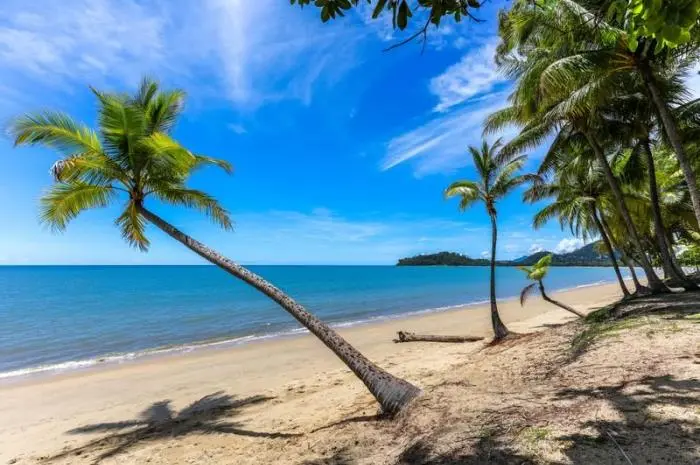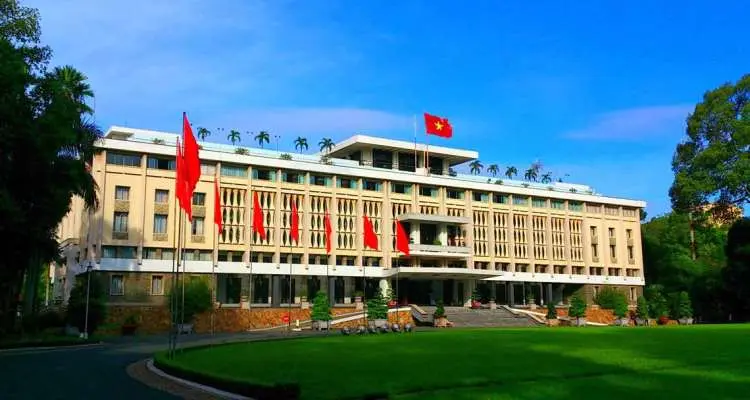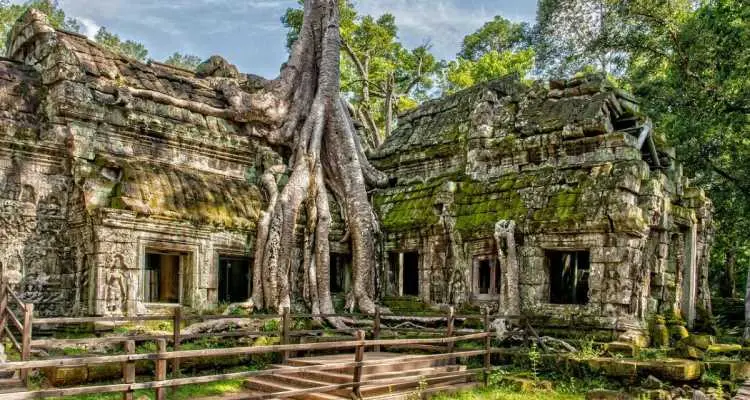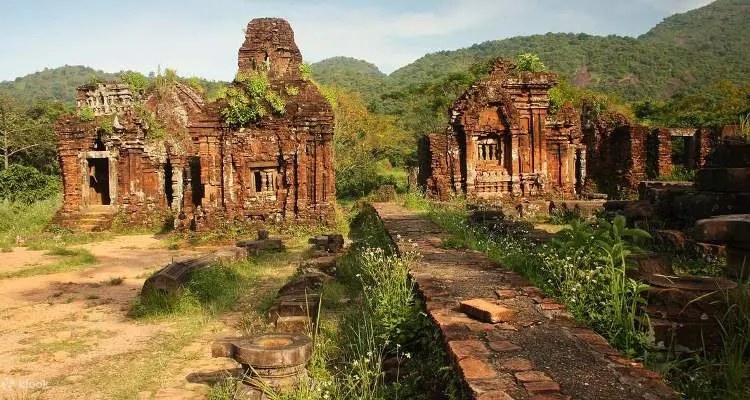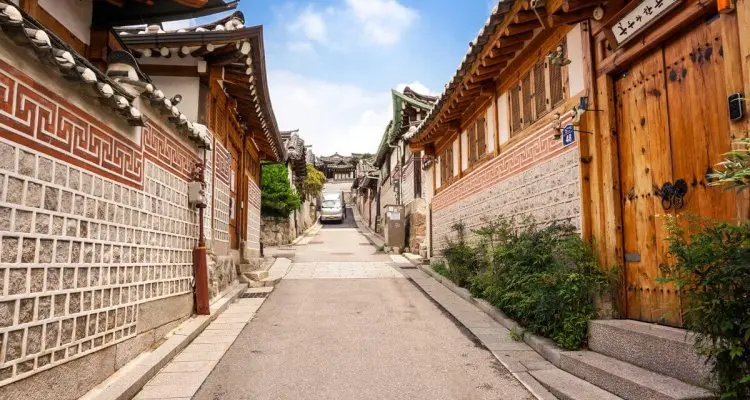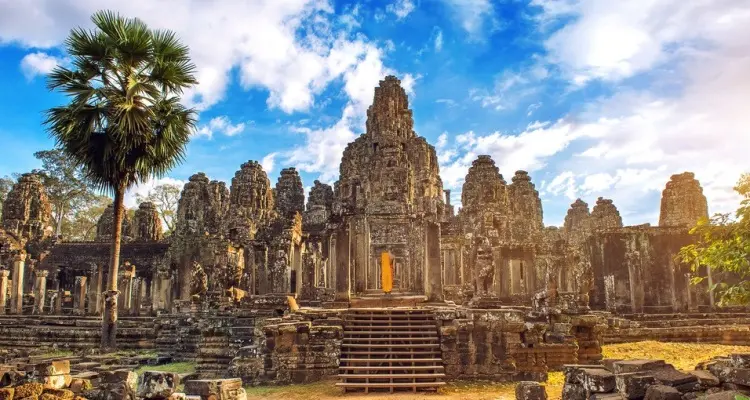Bangkok: The Heartbeat of Thailand
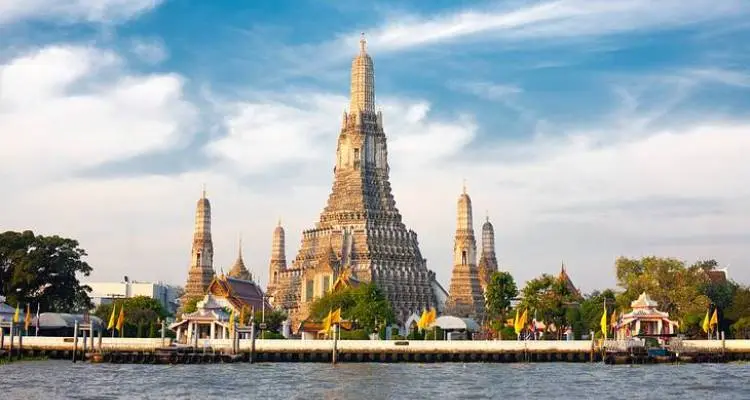
Bangkok, the capital city of Thailand, is a captivating blend of old and new, tradition and modernity, where skyscrapers and bustling markets coexist with centuries-old temples and serene parks. This comprehensive guide delves into the unique appeal of Bangkok, outlines its geographical location and accessible routes, advises on the best times to visit, and explores the cornucopia of sights the city has to offer.
Why Visit Bangkok
1. A City of Contrasts
Bangkok is a city of vivid contrasts, where modern high-rises stand next to traditional Thai wooden houses, and bustling markets compete with mega malls for attention. This mix of tradition and modernity offers a unique experience to every visitor.
2. Cultural Hub
Bangkok is a cultural powerhouse with a rich heritage. It houses some of Thailand’s most revered cultural landmarks, including the Grand Palace, Wat Arun, and Wat Phra Kaew. The city’s museums and art galleries also provide a window into Thailand’s history and culture.
3. Culinary Delights
Recognized worldwide for its street food culture, Bangkok is a food lover’s paradise. From fiery tom yum soup to the comforting pad Thai, Bangkok’s culinary scene is diverse and vibrant.
4. Shopping Extravaganza
Bangkok is a shopping haven, with everything from high-end luxury brands in its upscale malls to traditional handicrafts, textiles, and antiques in its street markets. The city’s famous floating markets offer a unique shopping experience.
Location and Route
Bangkok is located in the central part of Thailand, on the Chao Phraya River’s delta. It serves as the country’s major transportation hub, making it easily accessible from various parts of the world.
- By Air: Suvarnabhumi Airport is the main international gateway to Bangkok, with flights from across the globe. The Don Mueang International Airport, another significant airport, primarily serves domestic and regional flights. From the airport, taxis, buses, and the Airport Rail Link provide transport to the city center.
- By Train: Bangkok’s Hua Lamphong Railway Station is the main railway station connecting Bangkok with other parts of Thailand, as well as neighboring countries like Malaysia.
- By Bus: Bangkok’s major bus terminals, including the Northern Bus Terminal (Mo Chit), Southern Bus Terminal (Sai Tai Mai), and Eastern Bus Terminal (Ekkamai), offer connections to various parts of Thailand.
When to Visit
Characterized by a tropical monsoon climate, Bangkok experiences warm weather year-round. Nevertheless, the city’s climate is most agreeable during the cool and dry months stretching from November to February. During this period, humidity levels drop and temperatures become comparatively cooler, making it an ideal time for sightseeing. However, it’s worth noting that this period also coincides with the peak tourist season, so expect larger crowds at popular tourist attractions.
The hot season runs from March to June and is followed by the rainy season from July to October. While these seasons are generally more humid and hot, they are less crowded and can offer a different perspective on the city.
What to See in Bangkok
1. The Grand Palace and Wat Phra Kaew
No visit to Bangkok would be complete without exploring the Grand Palace, the official residence of the Kings of Thailand. Wat Phra Kaew, located within the palace grounds, houses the Emerald Buddha, one of Thailand’s most sacred religious relics.
2. Wat Arun
Known as the Temple of Dawn, Wat Arun is one of Bangkok’s most iconic landmarks. Its stunning riverside location and intricately decorated spires make it a must-visit.
3. Floating Markets
The city’s floating markets, such as Damnoen Saduak and Amphawa, provide a unique shopping and dining experience. Vendors sell their goods from traditional wooden boats, offering everything from fresh fruits and vegetables to cooked meals and souvenirs.
4. Chatuchak Weekend Market
One of the largest markets in the world, Chatuchak is a shoppers’ paradise. With over 8,000 stalls selling everything under the sun, it’s a vibrant and exciting place to explore.
5. Jim Thompson House
This museum, once the residence of American businessman and art collector Jim Thompson, offers insight into traditional Thai architecture and Thompson’s efforts to revive the Thai silk industry.
In conclusion, Bangkok is a city that never fails to impress with its vibrant culture, delicious food, and friendly people. Its unique blend of tradition and modernity creates a rich tapestry that offers something for everyone, making it a must-visit destination for travelers worldwide.

